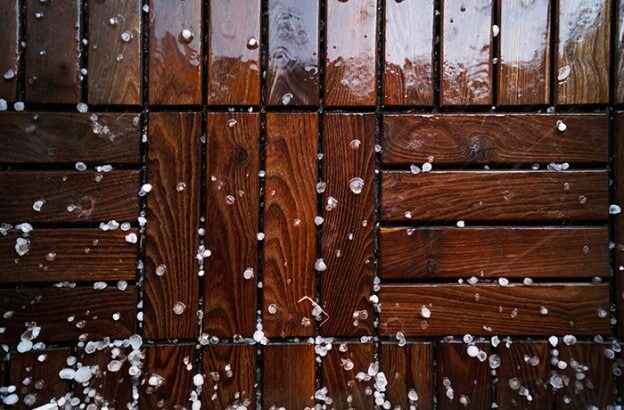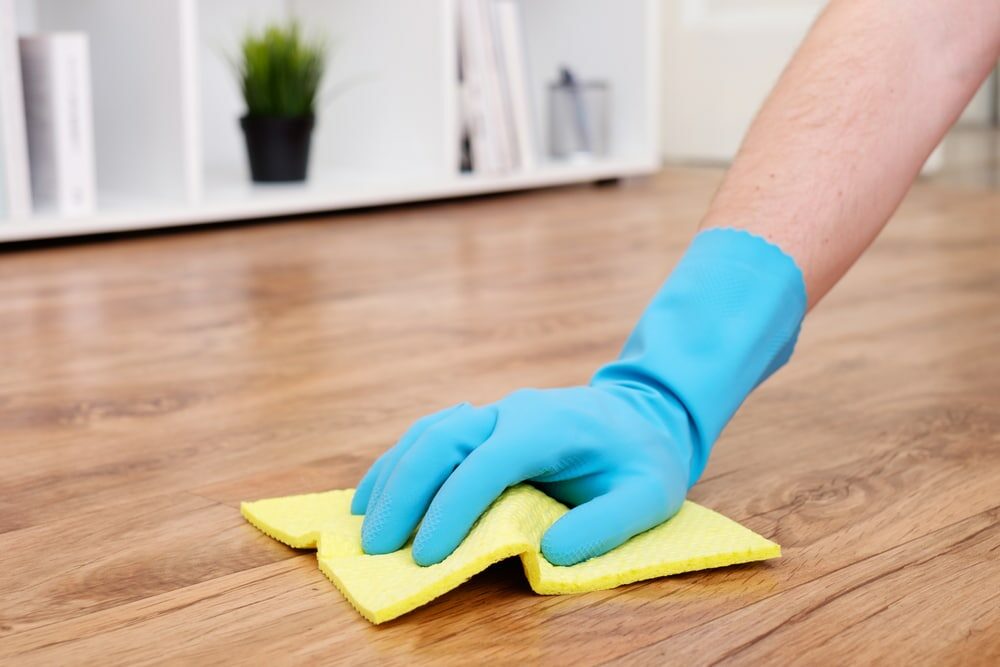London:
Nationwide:
How to Determine if Your Floor Needs Screening before Refinishing.
Posted on January 20, 2024
Floor sanding techniques
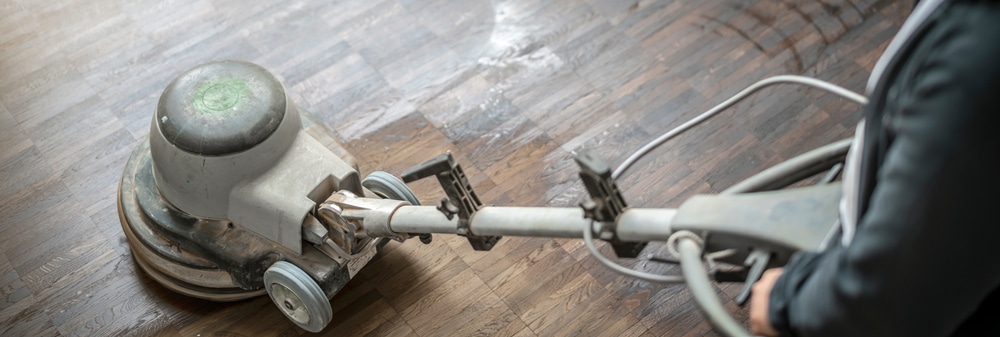
Determining the Need for Floor Screening Before Refinishing
In the intricate world of home care, the wooden floor stands as a testament to both history and harmony. It’s a canvas that captures the essence of a dwelling, bearing silent witness to the passage of time and the gentle tread of life. This introduction delves into the art of observing wooden floors, a practice not just of sight but of understanding and connection.
We begin by unveiling the charm of wooden floors. Each plank and each grain tells a story, a narrative etched in organic lines and subtle shades. The warmth and character of wood flooring are unparalleled, shaping the atmosphere of a home and reflecting its soul.
But with this beauty comes the responsibility of preservation. We explore the importance of proper floor maintenance, a journey that goes beyond mere aesthetics. It’s about nurturing and protecting, ensuring that these wooden sentinels continue to provide comfort and charm for years to come.
In observing our floors, we’re not just looking; we’re learning to read the language of wood. Scratches, dents, and fading are not merely signs of age but are chapters in a home’s unique story. They speak of gatherings, of quiet evenings, of the pitter-patter of little feet, or of the steady pacing of life’s routines.
Thus, our introduction sets the stage for a deeper understanding of when and why a floor may need screening before refinishing. It’s a call to pause and appreciate, to recognise the need for care before embarking on the practical journey of floor maintenance. As we move forward, remember that each floor, like each home, has its own voice, waiting to be heard and understood.
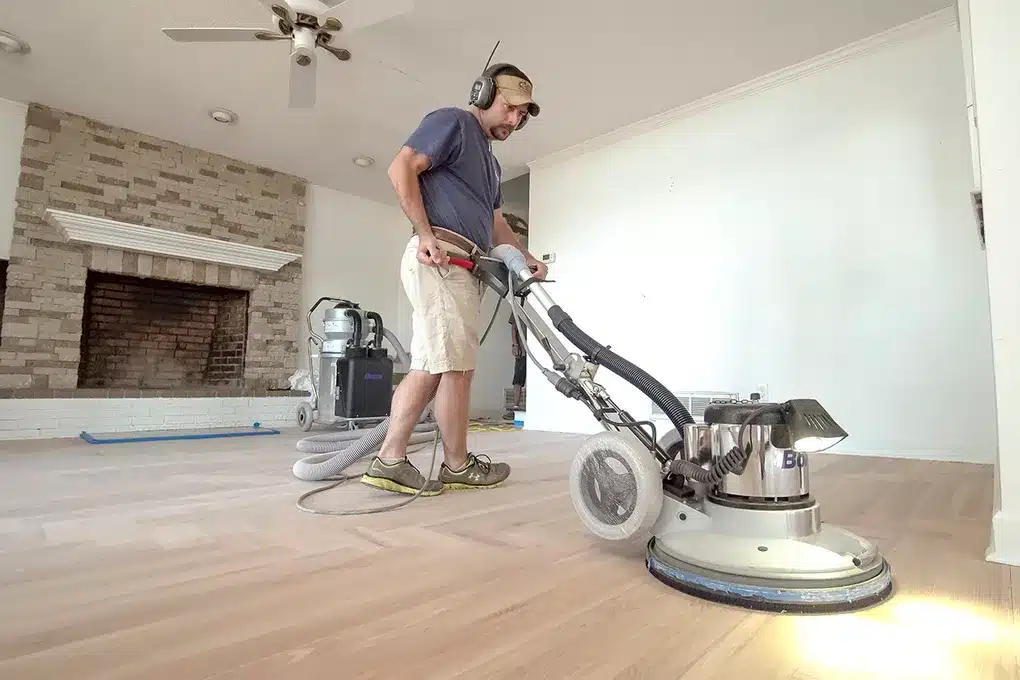
Understanding Floor Screening: A Prelude to Refinishing
In the journey of floor maintenance, understanding the process of floor screening is akin to learning a craft; it’s an essential prelude to the act of refinishing. This section delves into the essence and nuances of floor screening, a process often overshadowed yet pivotal in the preservation of wooden floors.
We start by exploring the essence of floor screening, a delicate procedure that respects the integrity of the wood while preparing it for rejuvenation. Unlike more invasive methods, screening is a gentle whisper over the wood’s surface, removing only the topmost layer—the varnish or the sealant—without delving into the wood itself. This distinction is crucial, as it ensures the longevity and character of the floor remain intact.
Next, we distinguish between screening and sanding, two methods often confused yet fundamentally different in approach and outcome. Sanding is the more aggressive of the two, stripping away layers of wood to reveal a fresh surface. Screening, on the other hand, is a dance of subtlety, a respectful nod to the floor’s existing character. It’s about refinement, not overhaul.
This section also touches on the environmental considerations in floor care. Screening, being less invasive, aligns with a more sustainable approach to home maintenance. It’s a choice that not only benefits the floor but also speaks of a deeper understanding and respect for the natural world.
In understanding floor screening, we are not just preparing for a task; we are engaging in a dialogue with the material and history of our homes. It’s a process that demands patience, attention, and a gentle hand—qualities that echo throughout the art of home care. As we delve deeper into the signs that indicate the need for screening and the steps involved in the process, we carry with us this newfound appreciation for the subtleties of wood care and the profound connection it fosters between us and our living spaces.
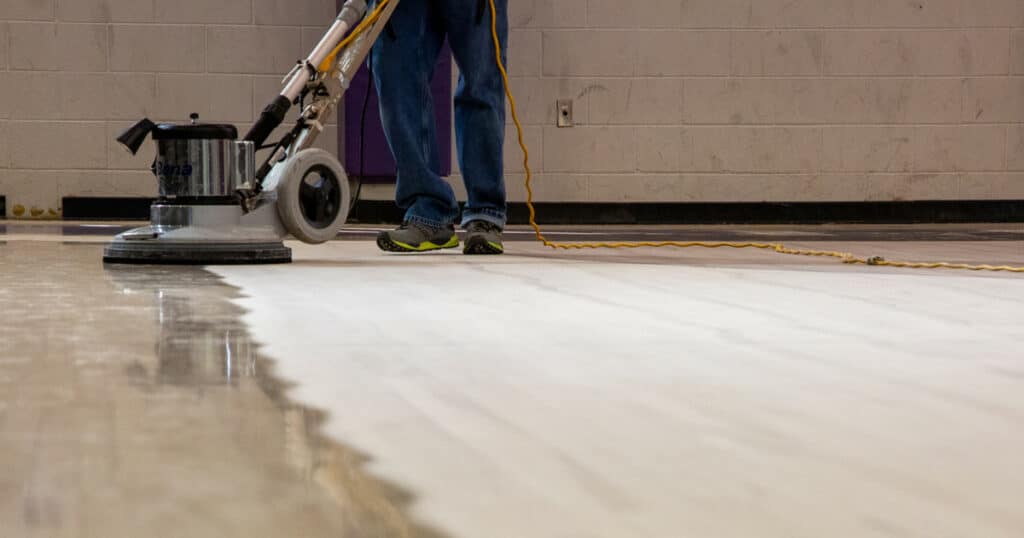
Signs That Whisper the Need for Screening
The first whisper comes from the scratches and scars marking the wood’s surface. These are more than just cosmetic flaws; they are narratives etched into the floor, each line a testament to moments passed. Yet, when these signs become overly pronounced, dominating the floor’s character, it signals a need for intervention. Screening at this stage helps preserve these stories, gently smoothing out the harsher notes while maintaining the floor’s rich history.
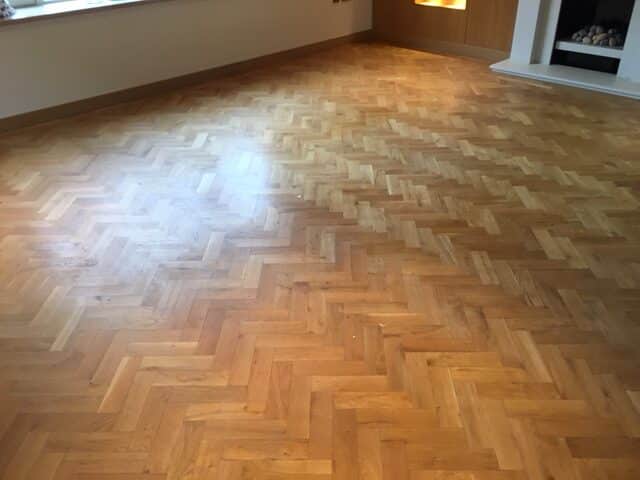
The Subtle Hues of Wear and Tear
Another subtle sign is the gradual change in the floor’s colour and texture. Over time, areas of high traffic lose their sheen, and the wood may show signs of fading or discoloration. This slow transformation, often unnoticed at first, is the wood’s way of expressing its age and use. Screening in response to these changes not only revives the floor’s appearance but also protects it from further wear.
Environmental Factors and Their Impact
Environmental factors also play a role in indicating the need for screening. Variations in humidity, exposure to sunlight, and even the presence of indoor plants can impact the wood differently. These elements can cause the floor to react—sometimes warping or cracking—subtly suggesting the need for care. Screening in these instances can be a proactive step in maintaining the floor’s condition against environmental stressors.

Responding to the Floor’s Call
In essence, understanding and responding to these signs is about developing a deeper connection with the material underfoot. It’s about recognising when the floor needs more than regular cleaning—when it requires a restorative touch that screening can provide. This approach ensures that the floor remains a vibrant and integral part of the home, reflecting not just its past but also its resilience and enduring beauty.
Screening Over Sanding
Screening is a testament to respecting the wood’s integrity. Unlike sanding, which aggressively removes layers of wood, screening is a gentler process that only takes off the top layer of the finish. This method preserves the wood’s character and history, ensuring that the floor retains its original essence and charm.
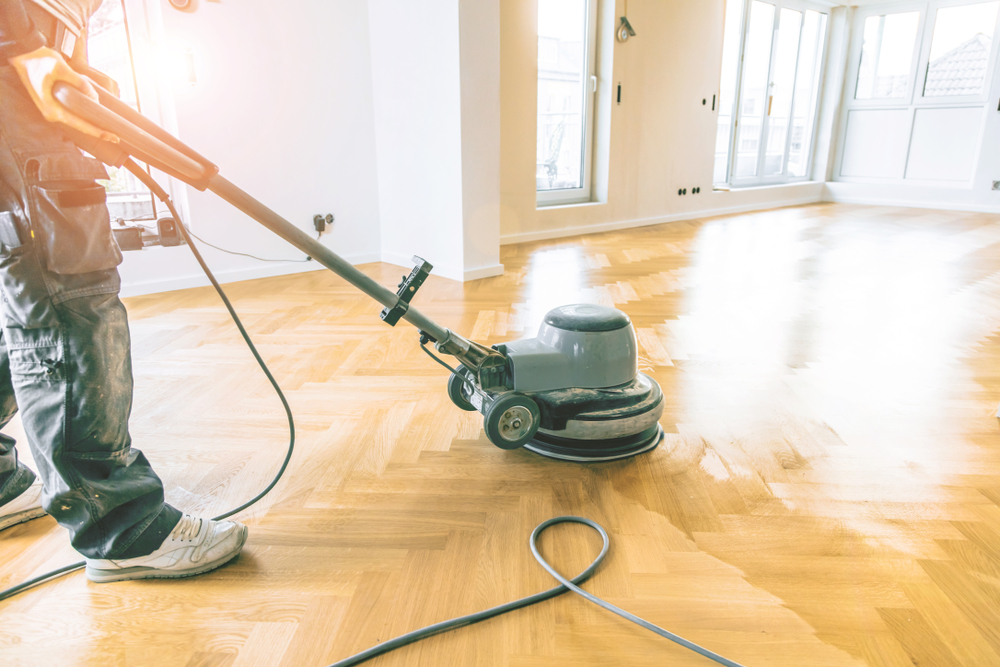
Environmental Considerations in Floor Care
Choosing screening over sanding aligns with environmentally conscious practices. This method produces less dust and waste, reducing the ecological impact of floor refinishing. Screening is a more sustainable choice, reflecting a commitment to eco-friendly home maintenance.
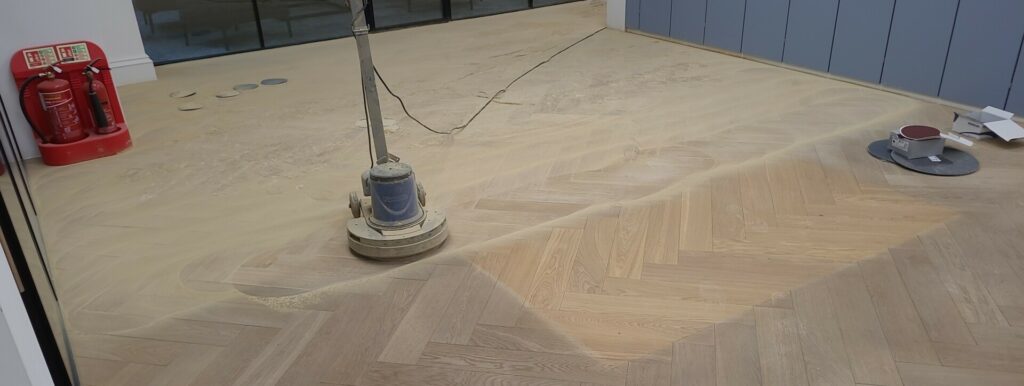
Appropriate Scenarios for Screening
Screening is ideal for floors with minor wear and tear, where the wood itself is still in good condition. This method is perfect for maintaining the floor’s beauty and extending its life without a full-scale overhaul. It’s a targeted approach that addresses specific issues while preserving the overall health of the floor.
The Philosophy of Less is More
Screening embodies the philosophy that ‘less is more.’ It’s about doing just enough to revive the floor without overdoing it. This approach emphasises the importance of a gentle touch and highlights the value of preservation over replacement, a principle that resonates in sustainable living and mindful home care.
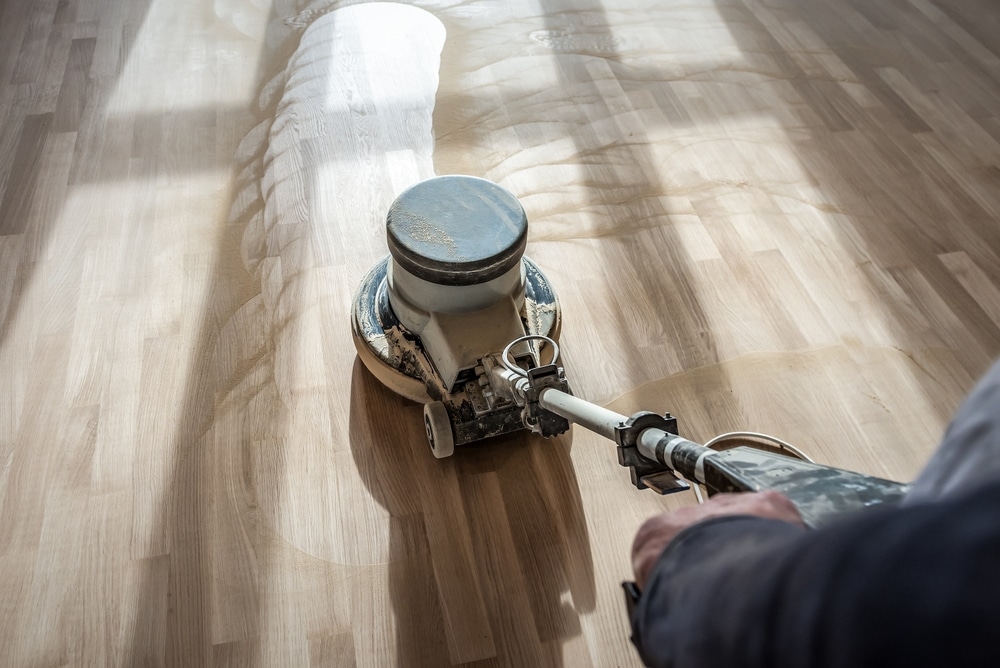
Preparing for the Screening Process
Gathering the Essential Tools
The first step in preparing for screening is assembling all the necessary equipment. This includes a floor buffer with suitable screening pads, a vacuum cleaner for dust removal, and safety gear such as masks, goggles, and gloves. Selecting the right tools is critical for effective and efficient screening.
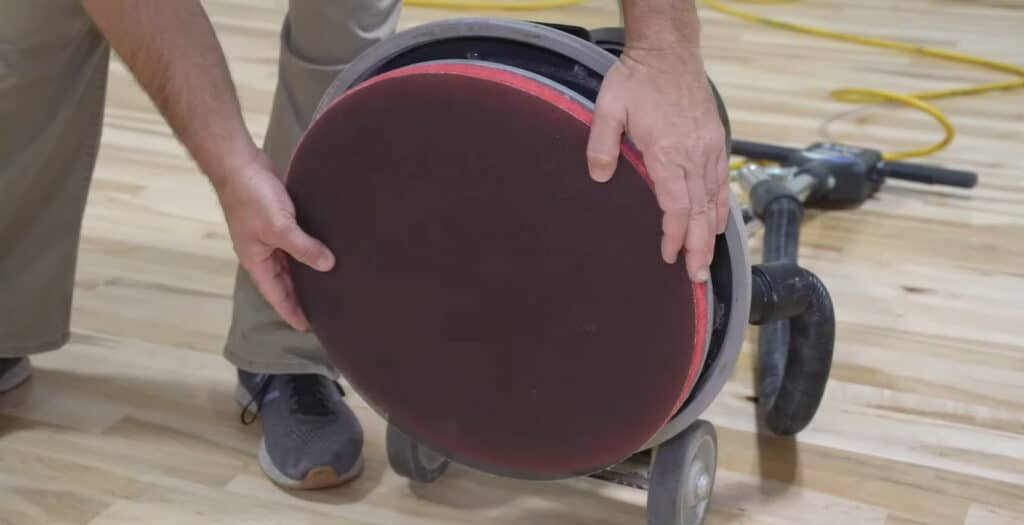
Creating a Safe and Efficient Workspace
Safety and efficiency are paramount. Ensure the room is well-ventilated to minimise dust inhalation. Clear the space of furniture and other items to allow unobstructed access to the entire floor. This preparation is crucial for a smooth screening process and the safety of everyone involved.
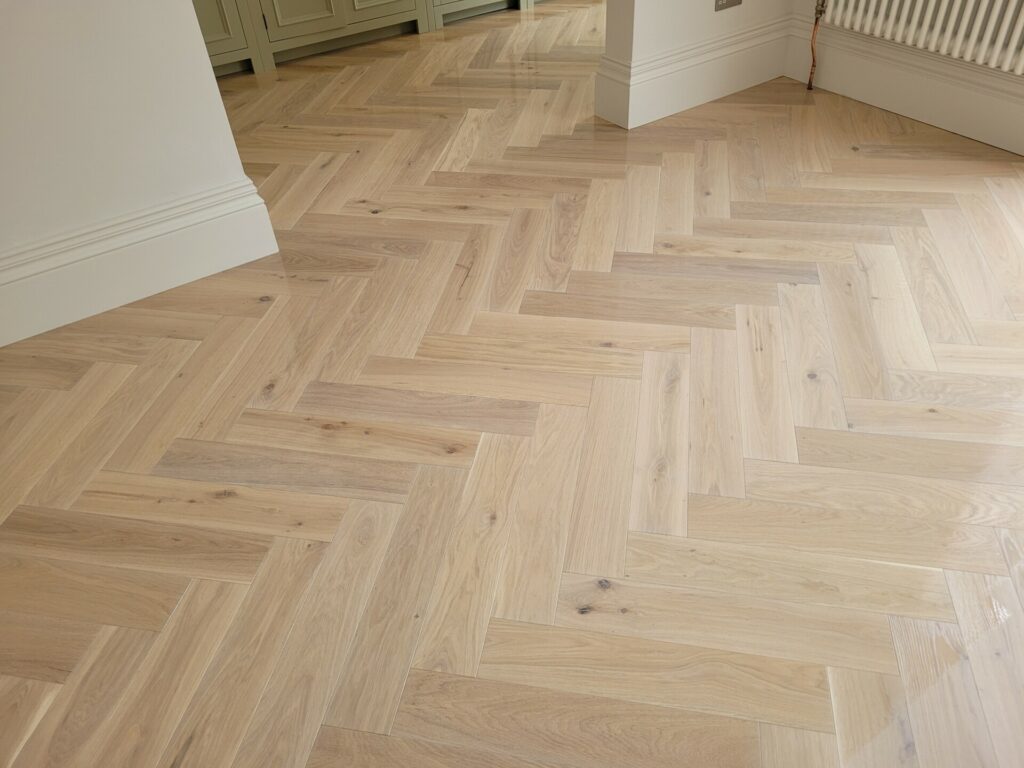
Thorough cleaning before screening
Before beginning the screening process, a thorough cleaning of the floor is essential. Remove all dust, dirt, and debris, focusing especially on crevices and corners. This step ensures that the screening process is not hindered by any particles that could affect the finish.
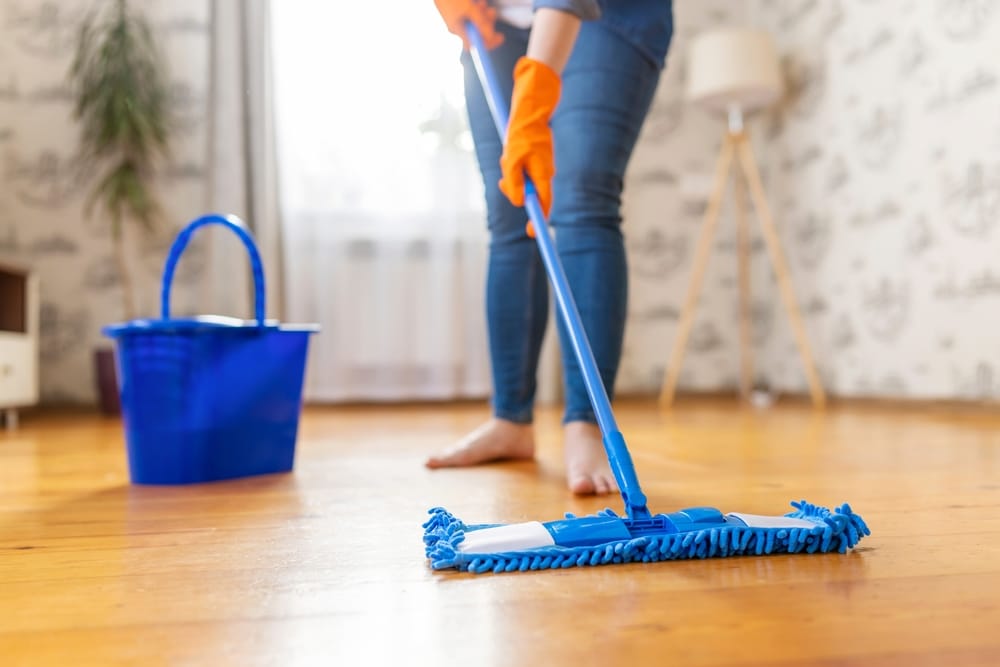
Safety Measures and Precautions
Safety cannot be overstated. Wear the appropriate protective gear, including dust masks, safety goggles, and gloves, to protect against dust and debris. Ensure that all safety measures are in place before starting the screening process.
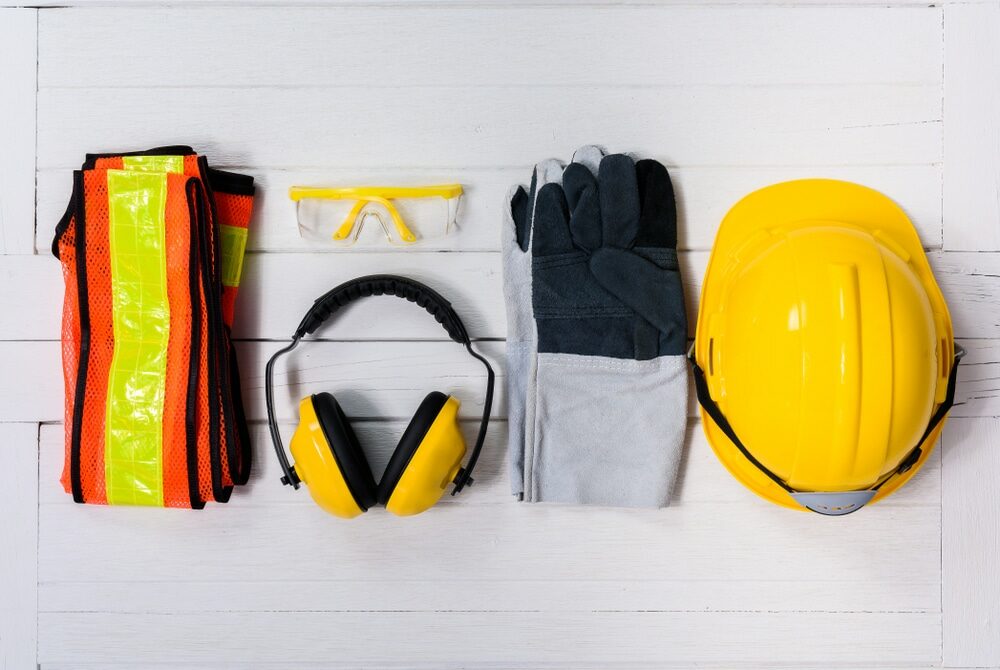
Executing the Screening: A Step-by-Step Guide
The execution of the floor screening process is a delicate balance of technique and patience. This section provides a comprehensive, step-by-step guide to screening your wooden floor, ensuring a thoughtful and effective approach that preserves the floor’s integrity and beauty.
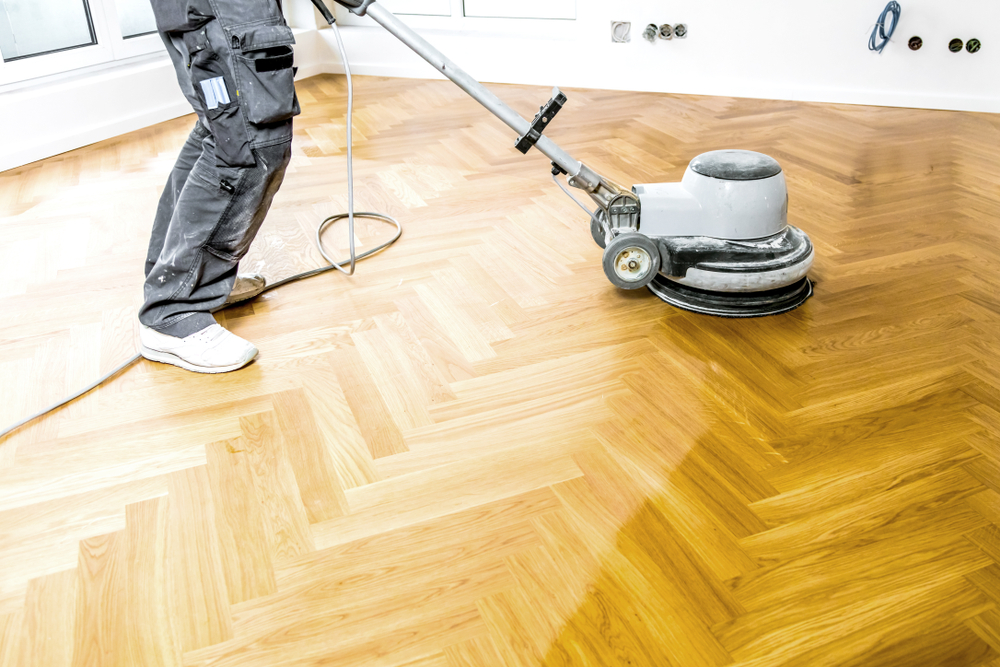
Assembling the Right Tools:
- Begin by gathering all necessary equipment: a floor buffer with the appropriate screening pad, a vacuum cleaner, safety gear, and the selected finish.
- Ensure you have a variety of screening pads to match the condition of your floor.
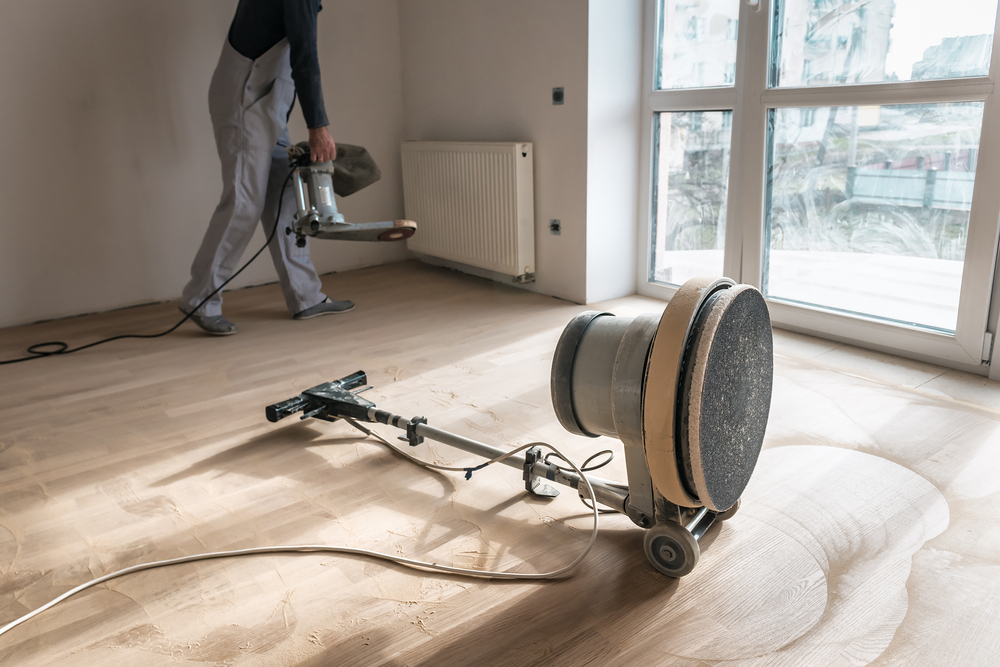
Safety First:
- Don protective gear, including dust masks, safety goggles, and gloves.
- Ensure the room is well-ventilated to avoid inhalation of dust.
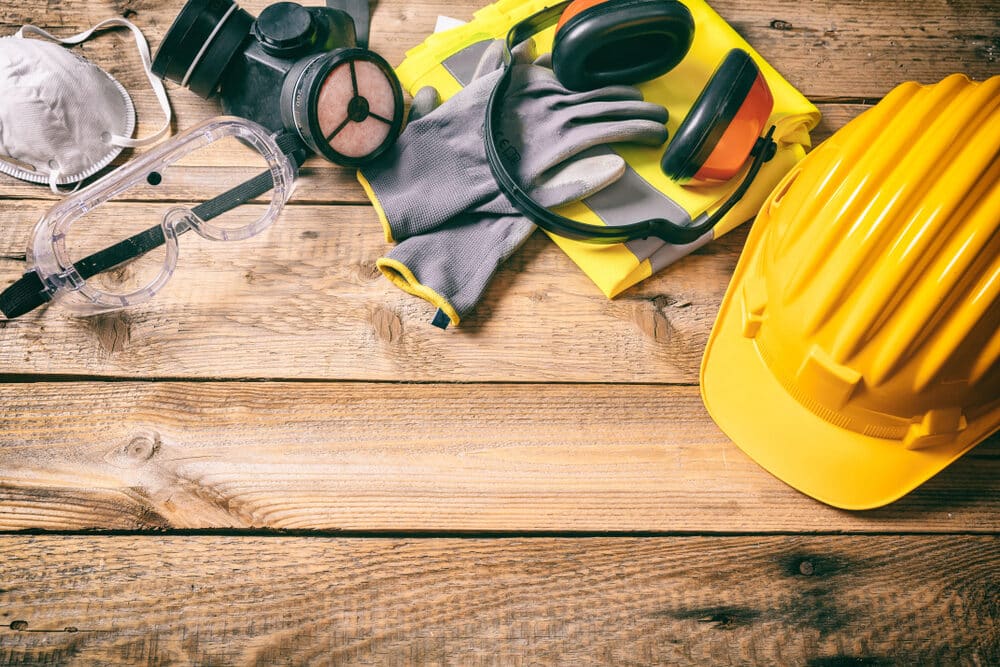
Initial floor cleaning:
- Thoroughly clean the floor to remove any dust, dirt, and debris.
- Pay special attention to crevices and corners where dust might accumulate.

Screening Process:
- Attach the screening pad to the floor buffer. Start with a coarser grit and progress to finer grits.
- Gently guide the buffer across the floor in a smooth, even motion. Avoid pressing down too hard.
- Work in sections, methodically covering the entire floor.
- Regularly check the screening pad for wear and change it when necessary.
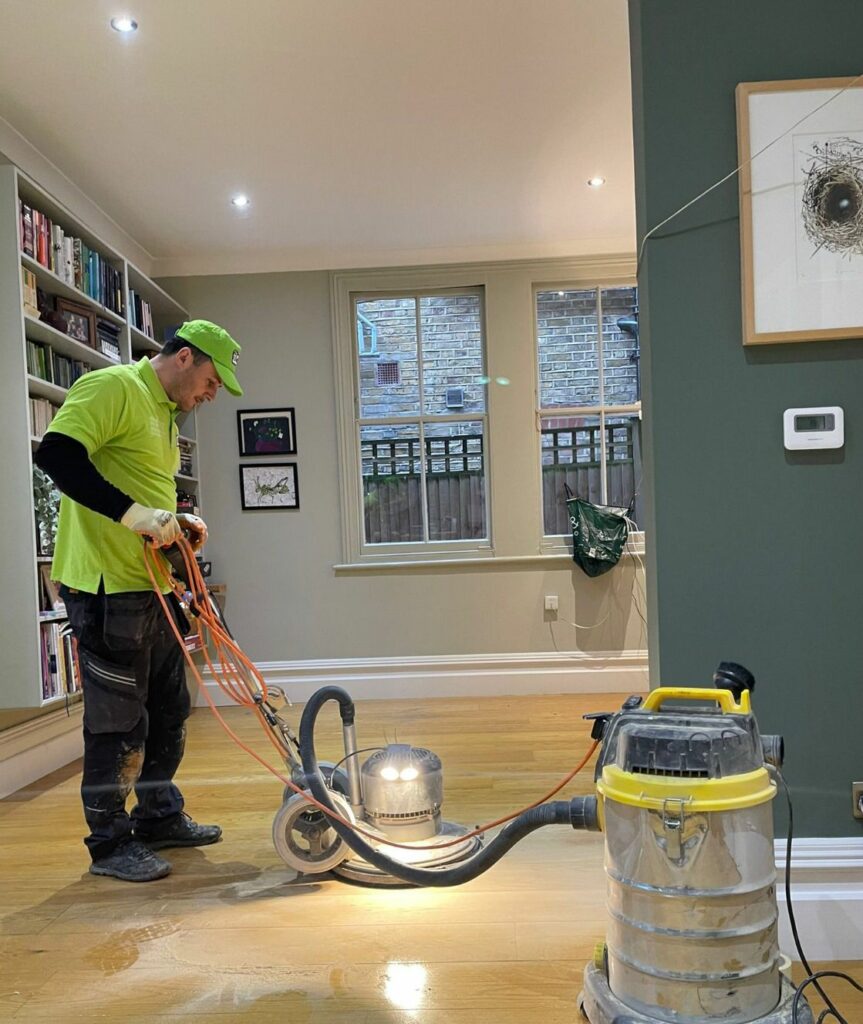
Dust Removal Post-Screening:
- After screening, thoroughly vacuum the floor to remove all dust.
- Follow up with a tack cloth or a slightly damp mop to ensure all dust particles are removed.

Applying the Finish:
- Once the floor is clean and dry, apply the selected finish according to the manufacturer’s instructions.
- Use a brush or roller for an even application.
- Allow adequate time for the finish to dry before applying additional coats, if needed.
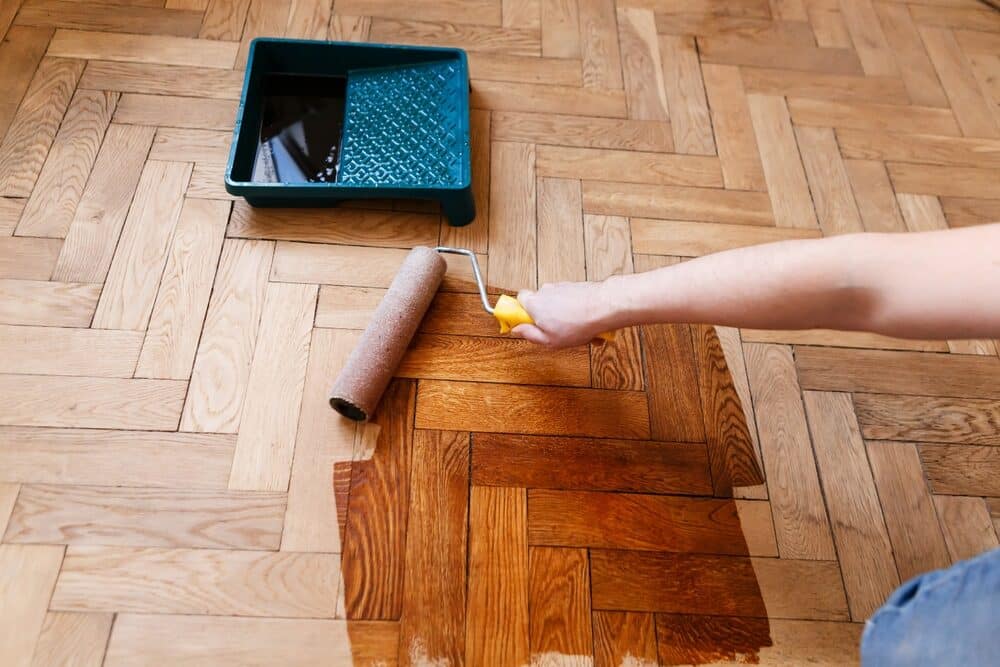
Final Touches and Curing:
- After the final coat, allow the floor to cure for the recommended time.
- Avoid heavy foot traffic or placing furniture on the floor during this period.
Ongoing Care and Maintenance:
- Provide tips for maintaining the newly screened floor to prolong its beauty and lifespan.
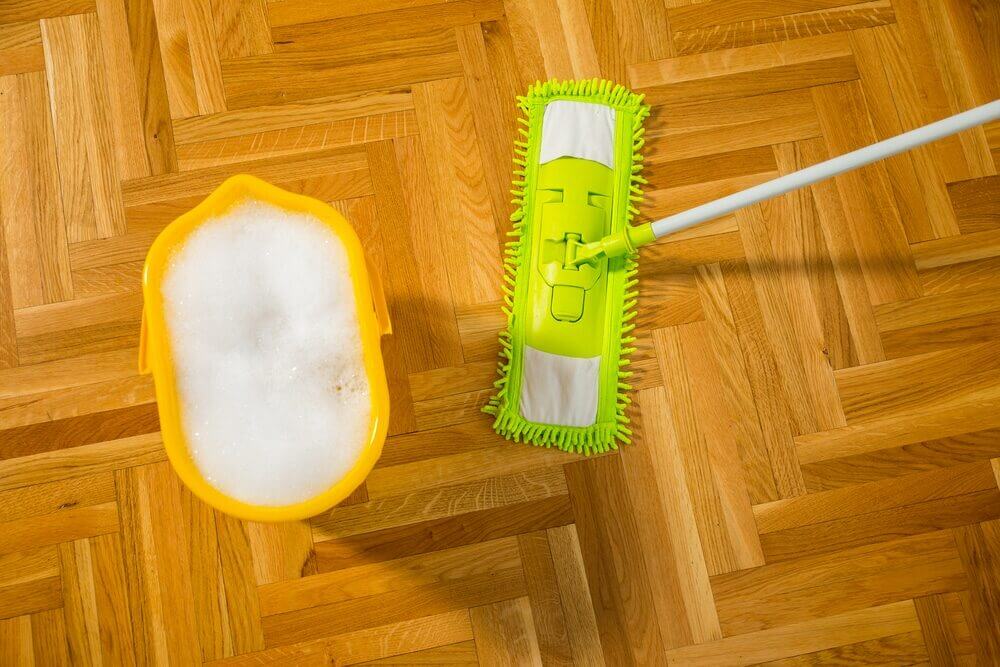
Conclusion: The Harmony of Care and Beauty
As we conclude our journey through the delicate process of determining and executing floor screening, we reflect on the deeper implications of this task. It’s not just about maintaining a wooden floor; it’s about nurturing a relationship with a living element of our homes. This final section encapsulates the essence of what we have learned and the enduring beauty that results from a harmonious approach to floor care.
We began by observing our floors, learning to read their stories, and understanding when they whispered their needs. This initial step of observation is crucial, as it lays the foundation for a respectful and informed approach to floor care.
The gentle approach of screening over sanding taught us the importance of preserving the integrity and history of our wooden floors. By choosing a method that is kind to the wood and environmentally considerate, we make a decision that resonates with a deeper understanding of sustainability and respect for natural resources.
In preparing for the screening process, we set the stage for success. This meticulous preparation ensured not only the effectiveness of the screening but also the safety and smoothness of the entire operation.
Executing the screening process, a step-by-step guide, provided the practical knowledge needed to undertake this task with confidence and care. This process is a testament to the value of patience and attention to detail, qualities that transform routine maintenance into an act of preservation.
Finally, we arrive at the end of our journey, with a newly screened floor that not only looks revitalized but also carries the imprint of our careful and thoughtful efforts. This floor will continue to be a testament to the harmony of care and beauty, a reminder of the time and love invested in preserving its essence.
In conclusion, floor screening is more than a task; it’s a manifestation of the care we have for our living spaces. It’s an act that connects us to the material history of our homes, allowing us to contribute to their story. As we walk upon our newly cared-for floors, let us remember the lessons of patience, respect, and harmony that they have taught us.

Sanding
We provide virtually dust-free sanding with our continuous belt machinery with mobile extraction units, giving you a safer environment for your family.
Oiling
This organic finish not only adds beauty to your home but also has exceptional water-repellent characteristics, making it easier to clean and maintain.
Waxing
This natural floor finish offers the softest and most mellow appearance – and leaves your floor able to breath.
Buffing
Using soft buffing machines (and hand-polishing where required) will bring a wonderful sheen to your newly-finished floor.
Repairs
We offer a full assessment of your wooden floors to determine what repairs are needed to provide the perfect working surface for the later stages of sanding, staining and sealing.
Restoration
We offer a comprehensive restoration process designed to address floors that are improperly fitted or damaged over time through wear and tear.
Request a fixed price quote for your wood floor restoration now
Simply enter your postcode below to get started.
Services
Wood Floor Sanding Wood Floor Restoration Wood Floor Scratch Repair Squeaky Wood Floor Repair Parquet Floor Sanding Parquet Floor Restoration Commercial Floor Sanding Church Floor Sanding Community Centre Floor Sanding School Floor Sanding Gap Filling Gap Filling with ResinCopyright © Mr Sander®
Privacy & Cookies Terms & Conditions Complaints Procedure Cancellation Rights Sitemap
